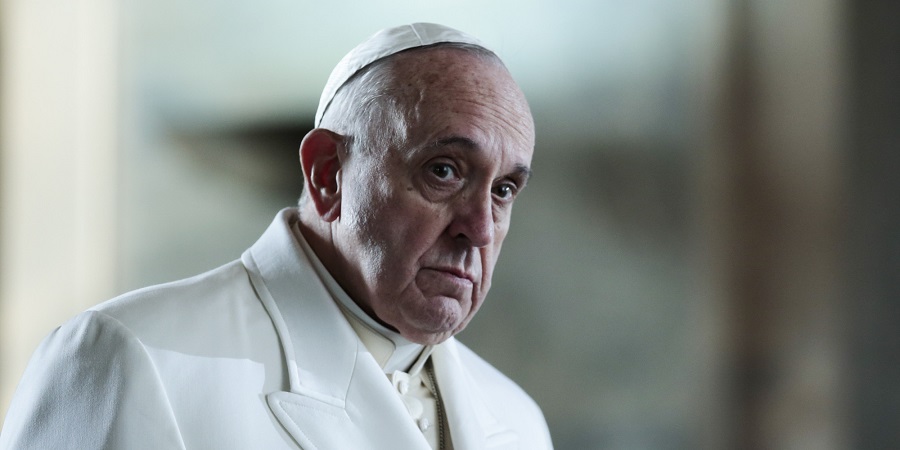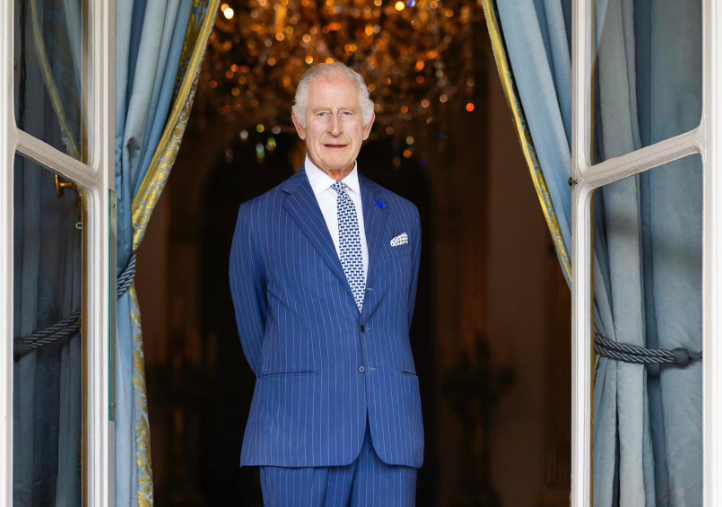[ad_1]
LONDON (Reuters) – The Bank of England under Governor Mark Carney has made a habit of signalling higher interest rates without delivering them.
Most economists polled by Reuters last week said they thought the BoE will soon follow through on Carney’s most recent signal that a first rate hike since 2007 is nearing, probably at its meeting in November.
Below is a summary of the BoE’s efforts to provide clarity on interest rates since Carney became governor in July 2013.
FORWARD GUIDANCE 1.0 – JULY AND AUGUST 2013
Days after Carney took over, the BoE surprised markets by issuing a statement saying it was in no rush to raise rates – a break with its style under former governor Mervyn King who said it was wise never to pre-commit to a path for borrowing costs.
A month later, Carney launched the BoE’s version of forward guidance in an attempt to reduce uncertainty about the outlook for rates as Britain’s economy struggled to build momentum.
The BoE said it would not consider raising rates from record low levels until Britain’s unemployment rate fell to 7.0 percent, something it thought would take three years.
But the economy grew faster than expected and it took just six months for the jobless rate to fall to 7.0 percent, forcing Carney back to the drawing board.
Half of economists polled by Reuters in early 2014 said the BoE’s handling of forward guidance had hurt its credibility.
FORWARD GUIDANCE 2.0 – FEBRUARY 2014
In February 2014, the BoE revamped its guidance. Instead of focusing on the jobless rate, it would look at 18 measures of spare capacity in Britain’s economy, including business surveys.
While economists said this made it harder to guess the BoE’s next moves, they also took it as a sign that it was determined to keep rates on hold for at least a year.
Carney also said any future rate hikes would be “gradual and limited” – a phrase that the BoE continues to use.
“SOONER THAN MARKETS EXPECT” – JUNE 2014
Just a few months later, Carney shocked financial markets by warning that a rate hike “could happen sooner than markets currently expect”, citing Britain’s strong economic recovery.
Markets scrambled to fully price in a rate hike by the end of 2014. The U-turn attracted critics and one lawmaker likened Carney to an “unreliable boyfriend”.
But falling inflation and sluggish pay growth quickly tempered expectations for a hike. By early 2015, the BoE stopped mentioning “forward guidance” in its quarterly economic updates.
“SHARPER RELIEF” – JULY 2015
Britain’s economy continued to grow strongly and in July 2015 Carney once again sought to prepare Britain for higher rates, saying the decision would probably come into “sharper relief” around the turn of the year.
But wage growth again disappointed and global oil prices tumbled, pushing inflation briefly below zero. By the turn of the year, there was little pressure on policymakers to make a decision on rates.
BREXIT “SPEED LIMIT” – SEPTEMBER 2017
After Britain voted in June 2016 to leave the European Union, the BoE cut rates to a new record low of 0.25 percent as part of a “sledgehammer” package to help the economy.
The central bank said it expected to provide more stimulus, but a post-Brexit vote downturn – never mind the recession that many economists had predicted – did not immediately happen.
That changed in 2017 as Britain’s economy suffered the slowest start to any year since 2012. Carney warned of “twists and turns” on the road to Brexit and most economists polled by Reuters predicted the BoE would hold rates until at least 2019.
But earlier this month, the BoE again surprised investors by saying it was likely to raise rates “over the coming months” if the economy and price pressures kept growing.
Carney said Brexit was likely to hurt productivity, reducing the “speed limit” on how fast the economy can grow without pushing up inflation.
He also said years of rock-bottom rates appeared to be coming to an end as the world economy picked up.
Thirty-one of 50 economists polled by Reuters last week said the BoE would hike rates to 0.5 percent on Nov. 2.
But three-quarters of them said now was not the time to raise rates, suggesting the BoE is risking a policy mistake.
Editing by William Schomberg and Alexander Smith
[ad_2]
Source link







Leave a Reply